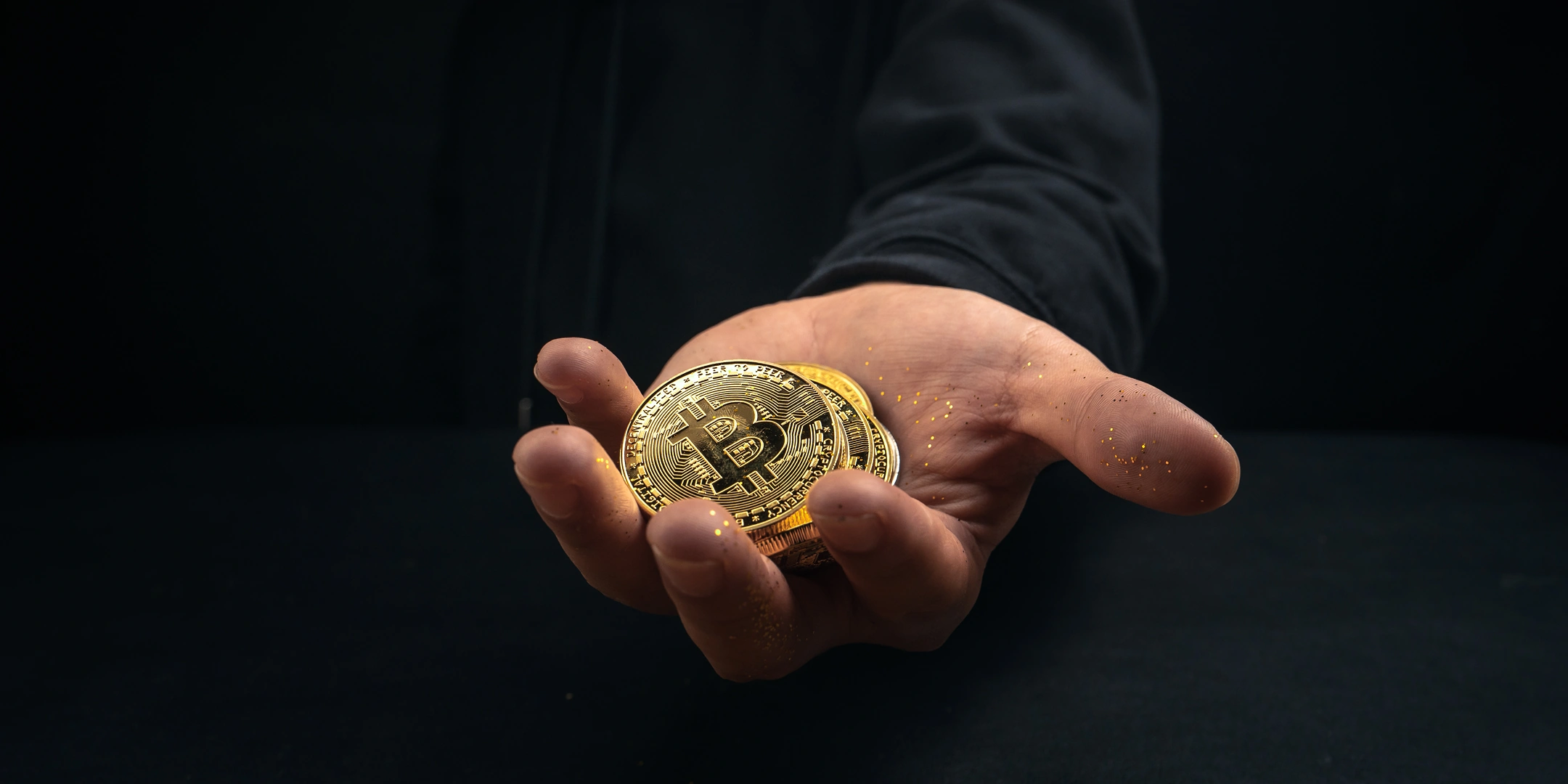When talking about Bitcoin, the topic of Darknet often comes up as well. But why are these two terms so often combined? In this article, we take a look at the history of the relationship between Bitcoin and the Darknet, shed light on legendary cases such as Silk Road, and explain how cryptocurrencies were — and in some cases still are — used in illegal areas.
1. What is the Darknet?
The darknet is a part of the Internet that is not accessible via traditional search engines. To access it, you need special software such as Tor, which makes it possible to surf anonymously. There are numerous marketplaces on the darknet where legal as well as illegal goods and services are traded — from fake IDs to drugs and hacked data.
This is where Bitcoin comes in: Many of these platforms required a payment method that is cross-border, digital and difficult to track. Bitcoin offered just that — at least in the beginning.
2. Silk Road: The legend of the crypto underworld
Silk Road was probably the most famous marketplace on the Darknet. Founded in 2011 by Ross Ulbricht (under the pseudonym “Dread Pirate Roberts”), Silk Road quickly developed into a huge online bazaar for illegal goods, especially drugs.
The special thing: All transactions on Silk Road were carried out using Bitcoin. Buyers and sellers used wallets to send funds without revealing their identities. Millions of US dollars in Bitcoin were soon circulating here.
It is estimated that up to 1.2 million transactions were processed on Silk Road before the platform was dismantled by the FBI in 2013. During the closure, the authorities confiscated around 144,000 Bitcoins — worth millions back then, today (due to price increases) billions.
3. Why was Bitcoin so popular on the Darknet?
Back then, Bitcoin offered something that traditional payment systems couldn't: decentralization and (apparent) anonymity. While bank transfers or credit card payments leave clear traces, Bitcoin transactions via the blockchain system were harder to track.
A buyer could create a wallet, buy Bitcoin, and send it to a merchant on the darknet — without using their real name. This made Bitcoin the preferred currency for many illegal transactions.
4. The evolution after Silk Road
After the fall of Silk Road, new marketplaces quickly emerged on the Darknet. Platforms such as AlphaBay or Hansa continued the model and also processed millions of transactions, often in Bitcoin or other cryptocurrencies.
But law enforcement agencies learned along. Through specialized blockchain analyses, it has become increasingly possible to track the paths of Bitcoin transfers. Today, Bitcoin is no longer as anonymous as many think. Every transaction leaves traces on the public blockchain, and with the right tools, investigators can analyze them.
5. Other cryptocurrencies are taking on the role
Because Bitcoin has become more transparent, many darknet users are now switching to other cryptocurrencies that offer stronger data protection features. Examples include Monero or Zcash, which make it harder to track transactions.
Yet Bitcoin remains the most well-known and widely used cryptocurrency on the darknet simply because it is readily available and accepted on many platforms.
6. The myth of Bitcoin = Darknet
A common misconception is that Bitcoin is primarily used for illegal purposes. In fact, studies show that darknet transactions account for less than 1% of total Bitcoin trading volume. Most Bitcoin users therefore have nothing to do with the darknet.
The connection between Bitcoin and the Darknet is primarily due to history: Without Bitcoin, a marketplace like Silk Road would hardly have been able to develop to this extent. Conversely, Silk Road's success has also shown what risks can be associated with a decentralized, unregulated cryptocurrency.
7. Conclusion
The story of Bitcoin and the Darknet is fascinating and complex. From the beginnings with Silk Road to millions of illegal transactions to today's data protection debates, it's clear that Bitcoin has fundamentally changed the world of digital payments — on both legal and illegal markets.
Despite its past, Bitcoin is now much more than just a darknet currency. It is a globally recognized means of payment, a digital store of value and a symbol of the power of decentralized technologies. But lessons from the past remain important in order to shape the future responsibly.
FAQ
Which currency is common on the darknet?
Bitcoin is the most frequently used currency on the darknet — due to its decentralized structure and worldwide acceptance. Some are now also using privacy coins such as Monero.
Did Bitcoin start on the darknet?
No, Bitcoin was developed in 2009 — independently of the Darknet. But platforms such as Silk Road helped Bitcoin gain notoriety, as it served as a means of payment there.
How do you pay on the Darknet?
Often with Bitcoin or other cryptocurrencies. Users use wallets, so-called mixers for obfuscation, and special tools for anonymous transactions.


%202%20(1).jpg)

